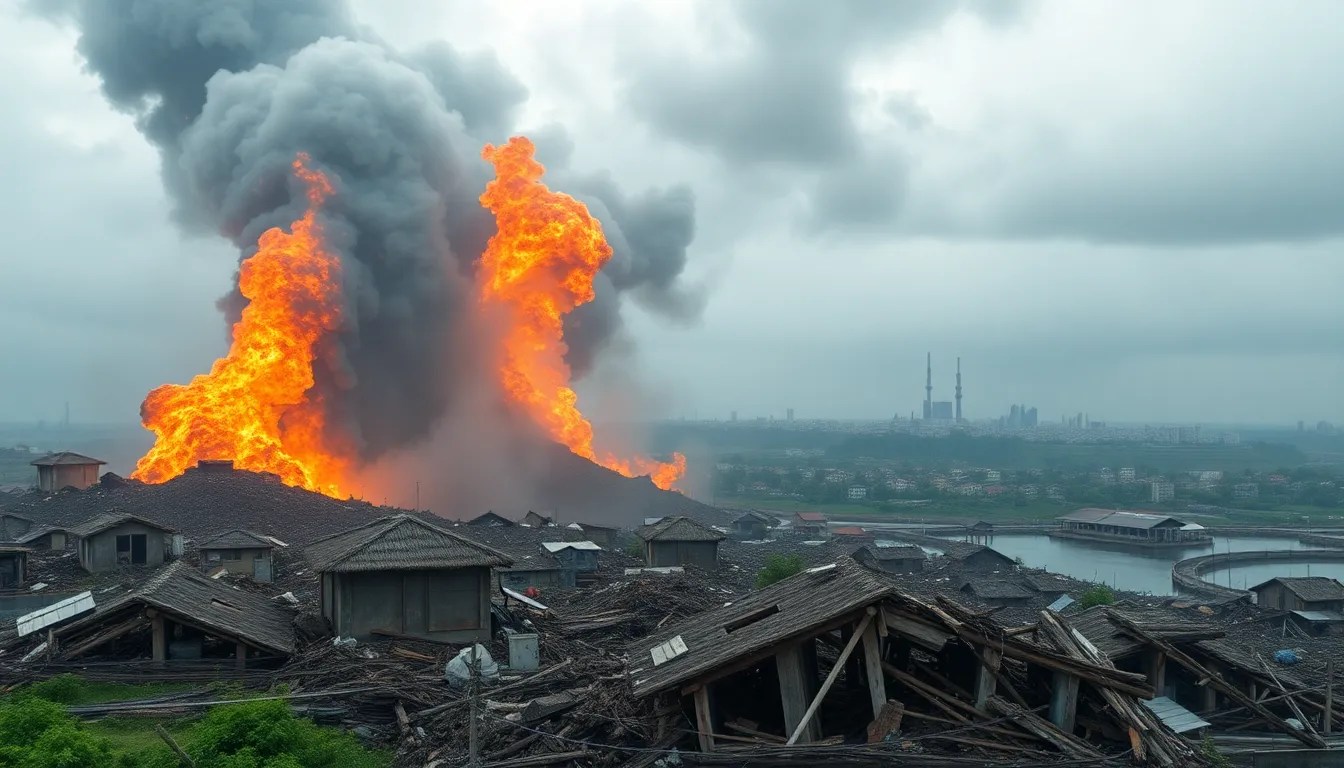The Role of Unsupervised Learning in Enhancing Disaster Response
1. Introduction to Unsupervised Learning
Unsupervised learning is a branch of machine learning where algorithms are trained on data without labeled responses. Unlike supervised learning, which requires labeled input-output pairs for training, unsupervised learning seeks to identify patterns and structures in data by itself. This approach is crucial in data science as it enables the extraction of insights from vast amounts of unstructured data, making it a powerful tool in various fields, including disaster response.
In the context of disaster management, the ability to analyze and interpret complex datasets without pre-existing labels is essential. Unsupervised learning can help uncover hidden patterns in data that can inform decision-making and improve the overall efficiency of response efforts.
2. Overview of Disaster Response Challenges
Disaster response operations face numerous challenges that can hinder effective management and support. Some of the common challenges include:
- Data Overload: The influx of data from various sources can be overwhelming, making it difficult for responders to sift through and find relevant information.
- Resource Allocation: Determining the best allocation of limited resources such as food, medical supplies, and personnel is a complex task.
- Coordination Issues: Multiple agencies often operate in disaster zones, leading to potential miscommunication and inefficient collaboration.
These challenges highlight the need for innovative solutions that can enhance the efficiency and effectiveness of disaster response operations.
3. How Unsupervised Learning Works
Unsupervised learning utilizes various algorithms and methods to find patterns in data without prior labeling. Some key approaches include:
- Clustering: This method groups similar data points together, allowing responders to identify clusters of activity or need.
- Dimensionality Reduction: Techniques like Principal Component Analysis (PCA) reduce the number of variables under consideration, simplifying the analysis of complex datasets.
Unlike supervised learning, which relies on labeled datasets, unsupervised learning can operate effectively even in scenarios where data is incomplete or unstructured. This flexibility is particularly valuable in disaster scenarios where timely insights are critical.
4. Applications of Unsupervised Learning in Disaster Scenarios
Unsupervised learning has already shown promising results in various disaster scenarios. Here are some notable case studies:
- Earthquake Detection: Algorithms have been employed to analyze seismic data, identifying patterns that indicate potential earthquakes before they occur.
- Flood Prediction: By analyzing historical data on rainfall and river levels, unsupervised learning models can predict flood events, helping communities prepare in advance.
Data sources for these applications are diverse, including:
- Satellite imagery for environmental monitoring
- Social media feeds to gauge public sentiment and identify urgent needs
- Sensor data from IoT devices to monitor conditions in real-time
5. Enhancing Situational Awareness Through Data Analysis
Unsupervised learning significantly contributes to improving situational awareness during disasters. By employing these methods, emergency responders can:
- Recognize Patterns: Unsupervised learning can identify trends and patterns in data that may not be immediately apparent, such as the spread of a disaster or the needs of affected populations.
- Detect Anomalies: Algorithms can flag unusual occurrences in data, helping responders to focus on areas that require immediate attention.
Real-time data processing powered by unsupervised learning enhances situational awareness, enabling responders to make informed decisions quickly.
6. Improving Resource Allocation and Logistics
Efficient resource allocation is critical in disaster response. Unsupervised learning can help optimize logistics through:
- Clustering Algorithms: By analyzing data on affected populations and resource availability, these algorithms can suggest optimal distribution points for aid.
- Predictive Modeling: Models can forecast future needs based on historical data, allowing for proactive logistical planning in disaster zones.
This approach not only improves the effectiveness of resource distribution but also ensures that aid reaches those who need it most, thereby maximizing the impact of response efforts.
7. Future Directions and Research Opportunities
The future of unsupervised learning in disaster response is promising, with several emerging trends worth exploring:
- Integration with IoT: Combining unsupervised learning with IoT devices can enhance data collection and analysis, leading to more timely insights.
- Collaboration with AI Technologies: Merging unsupervised learning with advanced AI techniques can improve predictive capabilities and automate decision-making processes.
Research opportunities abound in developing more sophisticated algorithms that can handle the unique challenges posed by disaster scenarios, paving the way for more effective disaster management strategies.
8. Conclusion
Unsupervised learning has the potential to transform disaster response by providing deeper insights into complex datasets, improving situational awareness, and optimizing resource allocation. As we continue to face increasing challenges from natural and man-made disasters, embracing the capabilities of unsupervised learning is crucial.
There is a clear call to action for further research and collaboration among scientists, technologists, and disaster management agencies. By working together, we can harness the power of unsupervised learning to enhance disaster response efforts and ultimately save lives.



